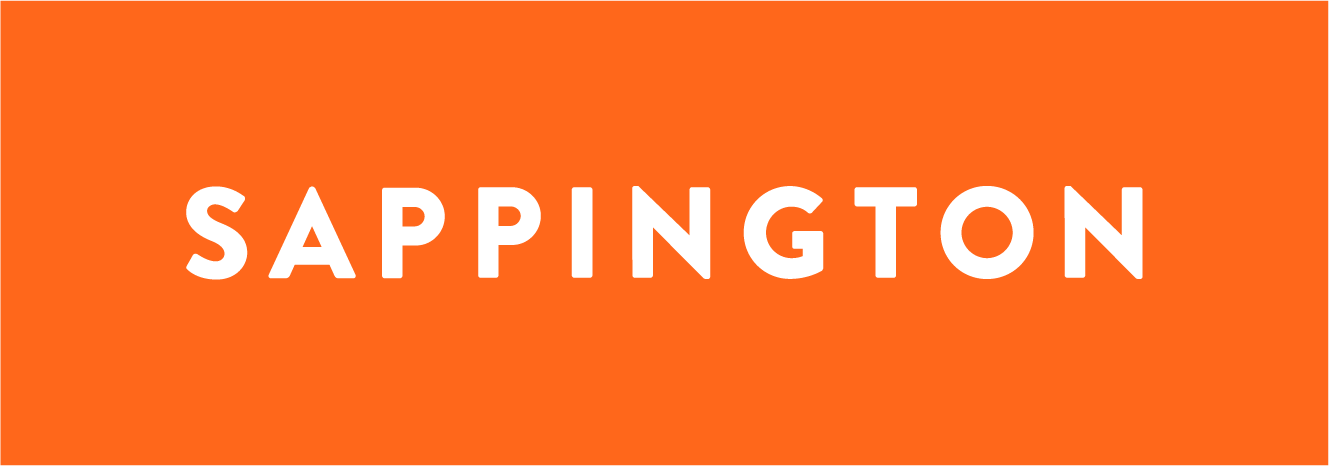Making tech’s biggest ideas fun and engaging Profile of Rachel Pruitt
Sr. Product Marketing Manager, Microsoft
After leaving a career in banking, Rachel Pruitt found her way to technology marketing at Microsoft, where she’s a senior product marketing manager and communicates about some of the world’s most complex subjects, including high-performance computing (HPC) and AI.
How does she make these esoteric topics accessible and inspire her audience to lean in, learn, and dream?
We sat down with her to discover how she delivers consistently great experiences—and why she’s willing to take chances to do things differently.
Sappington: What gets you most excited talking about AI innovation?
Rachel Pruitt: There’s nothing more fun than talking to customers and learning what they’re doing. What other space can you be in where your customers are literally changing the world?
Sappington: How do you create fun, engaging marketing experiences for your customers?
Rachel: The baseline is that I want you, as a customer, to leave feeling inspired, excited, and refreshed. So, I start by putting myself in the customer’s shoes. If I’m in that role, what do I like? What do I enjoy? What am I going to remember later?
At events, for example, I have people’s attention during breaks between highly educational sessions. I think of ways to provide something they want to do that will allow them to take in the information I need to convey without feeling barreled over by it—and that will leave them inspired.
Sappington: How do you evaluate a new marketing concept before putting it into action?
Rachel: I have a great team and I’m lucky to work with incredible partners. As we collaborate on an idea, the combination of different points of view and experiences organically separates the good ideas from the not-so-good ones and makes the good ideas better. The best ideas come from many people.
Sappington: Some businesses are deeply invested in AI, and others are more cautious. How can a marketer speak to both audiences at once?
Rachel: When it comes to infrastructure, we think of AI readiness in three stages: leading-edge, implementing, and beginning. Leading-edge companies are scaling, optimizing, and realizing the value of AI. They’re our early adopters, and we can learn from their AI journeys and challenges. Implementing companies are starting some projects, and AI beginners are exploring what they can do—building plans and pilots. The common denominators are inspiration and skilling, especially with those beginning or implementing.
Most companies are still in the earlier stages of AI readiness. Through events and marketing activities, I strive to give customers a blend of education and inspiration. We want to inspire them to dream about what’s possible, encourage them to access resources to take the next best step, and motivate them to progress on their AI journey.
Sappington: How do you ensure your efforts are as effective as possible?
Rachel: We put a lot of emphasis on collecting and learning from feedback. It’s the best way to understand what customers like and what they’re looking for. We collect as much feedback as possible, look at it honestly, and document our learnings to inform future efforts. If we’re always learning, we always have the opportunity to improve.
Sappington: We live in a world where marketing leaders are now being asked to produce less content. How should marketers respond to that pressure?
Rachel: It’s critical to create scalable content and experiences. How can you reach the maximum number of people with the content you create? And how can you create experiences that can be duplicated, either by other people or by partners, to reach even more people?
For example, you can develop presentation decks and then make videos of yourself presenting to share with other speakers. That makes the work you do to create an amazing deck more valuable because it can scale to the audiences all those other speakers reach.
Sappington: It feels like the rate of change is accelerating, and it’s getting harder for marketing communications to keep up. How can organizations balance the work it takes to get content right with the need to keep it up to date?
Rachel: Every company has things that aren’t going to change, so start with those core assets and make them your anchor. We created a modular system built around our core content, which we can easily amend with whatever is new. That way, we’re not reinventing the wheel every time, and it takes much less work to keep the whole presentation current.
Sappington: What differentiates a great experience from a good one?
Rachel: Great marketing is about the feelings we evoke that make experiences truly unforgettable. A good experience delivers information; a great one leaves a lasting impression, keeping us top of mind for our customers when they need the technology we offer.
Whether we’re inviting laughter with a caricature artist, sparking joy through a fun and engaging selfie booth, or crafting compelling content, our goal is to connect on a human level. It’s about creating moments that resonate, inspiring confidence, and helping people imagine all the possibilities of what they can do with these incredible technologies.



















